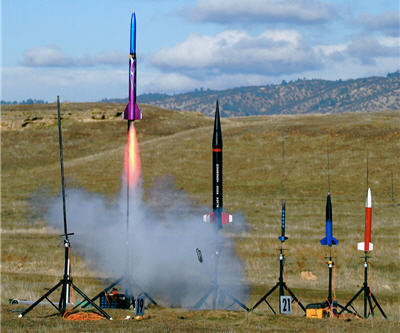
The emerging market contagion which began making headlines and roiling markets last week is not well understood and it is not even clear which countries are ground zero for this crisis. What we do know is that Argentina and Venezuela have been forced to officially devalue currencies which were already trading at much lower levels on the black market. This is simply an open admission that things are getting much worse in these economies; currency devaluation has always been the go to move for these countries, Argentina is one of the world’s foremost experts of currency devaluation and banking crisis.
What is least understood is the extent of the potential contagion within Latin America and how far it might spread to developed countries, namely the US and Europe. Make no mistake, there are tens of billions of dollars in shadow finance between the US/EU and Latin America. Most of these transactions involve lending dollars/euros to Brazil, Argentina etc. in return for double digit interest rates which are not available to lenders in developed economies. Of course, the risk is that these loans could turn sour in the event of an economic crisis and/or currency crisis in Latin America.
The Federal Reserve’s quantitative easing programs have managed to provide a smoke screen for all sorts of high risk financial instruments (leveraged loans, subprime lending, emerging market high-yield debt, etc.) which have always planted the seeds for the next major economic/market crisis. With the prospect of the “Fed put” being removed from the market by the end of the 2014, suddenly we might get to see who has been swimming naked for the past few years…..
Perhaps it is fitting that it was just last Wednesday (January 22nd) that high yield bond spreads made new lows and US small cap stocks (Russell 2000) posted yet another all-time high before reversing sharply to end the week:
Click to enlarge
US High Yield Master II Options-Adjusted Spread
Russell 2000 Daily
Despite the fact that high yield spreads jumped 26 basis points during the final two days of last week, spreads are still down 120 basis points since June. Meanwhile, to put the recent action in small cap stocks into context, it has been 14 months since the Russell 2000 last touched its 200-day moving average and it would require a further 8% of downside for this to happen again.
While very few, if any, have prescient insights into the Chinese banking system there is a growing chorus of market observers who see the potential for a much deeper shakeout in China. Global markets now face a unique set of challenges emanating from virtually every corner of the globe – what a change from just one month ago when everything seemed quite placid!
We cannot know exactly how any further market crisis will unfold, however, it is quite clear that there is ample potential for much greater turmoil and a deeper correction in risk assets such as stocks, EM currencies, and high yield bonds. With a global flight to quality looming on the horizon we have begun to see breakouts in two key assets which were much despised at the end of 2013: Gold and US Treasuries.
Gold, in particular, stands to benefit from lower real yields and any potential reflationary countermeasures which will surely be in the pipe once any China/EM crisis worsens and begins to significantly affect developed economies – last week gold broke out of a multi-month downtrending channel and confirmed that a new uptrend has begun:
Gold
The 200-day moving average which happens to roughly coincide with the key $1321 level is the minimum objective for the current rally. There is potential for a move up to the $1375-$1425 area in the event of a major market panic.
Finally, I was reminded of a post we wrote on November 15th:
“the analog suggests gold will squeeze aggressively back above 1400 perhaps between June and October 2014 (if the decline accelerates this price action may manifest sooner)……We tend to agree with this analysis, however, there is a good chance that the bottom may be in place sooner rather than later (perhaps by the end of the year).”
As it currently stands the double-bottom at $1180 looks like the real deal and this analog to the 1999 bottom may be playing out in accelerated fashion with a move above $1400 coming during the first half of 2014.
Creative Commons image by Steve Jurvetson